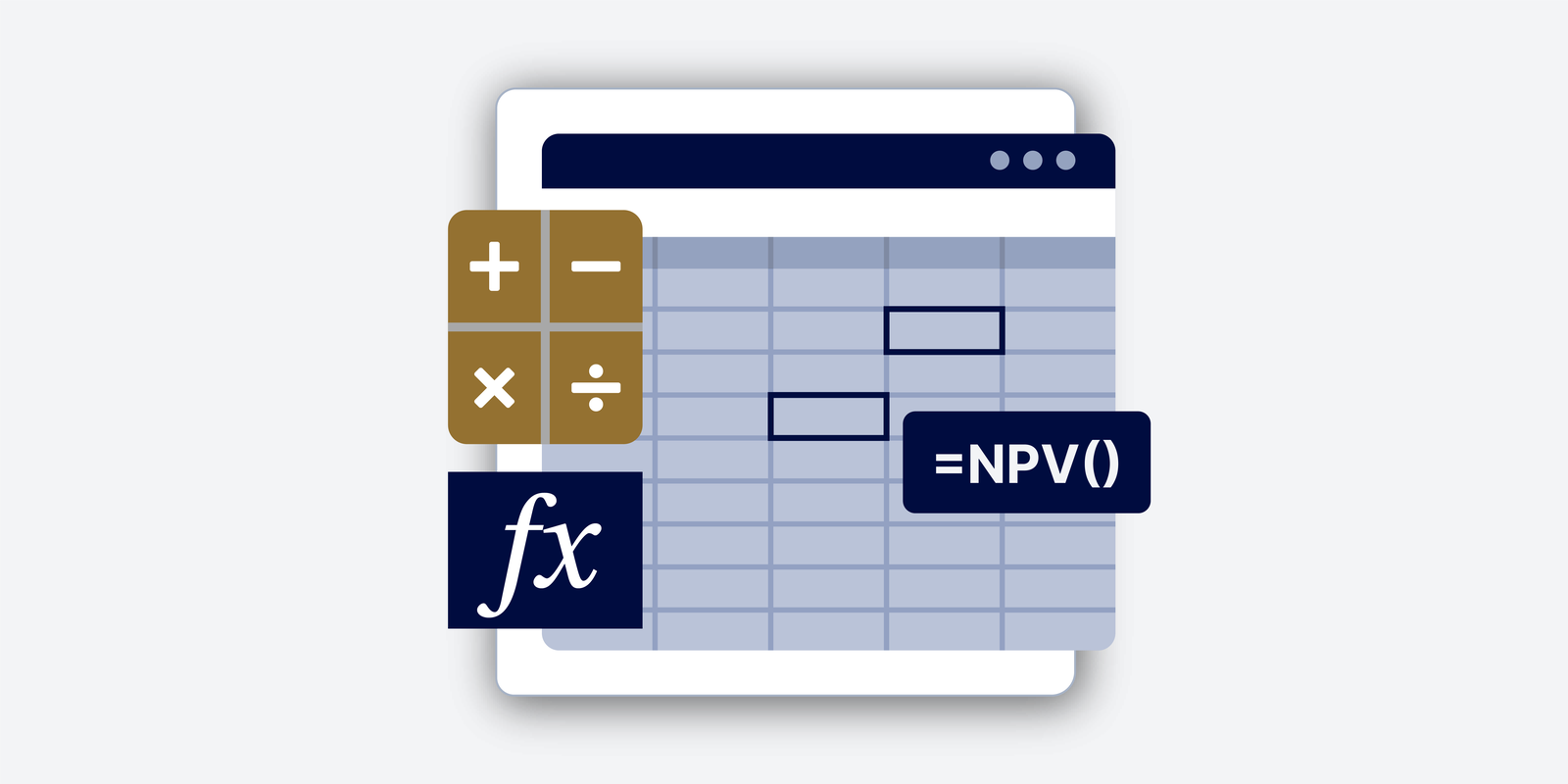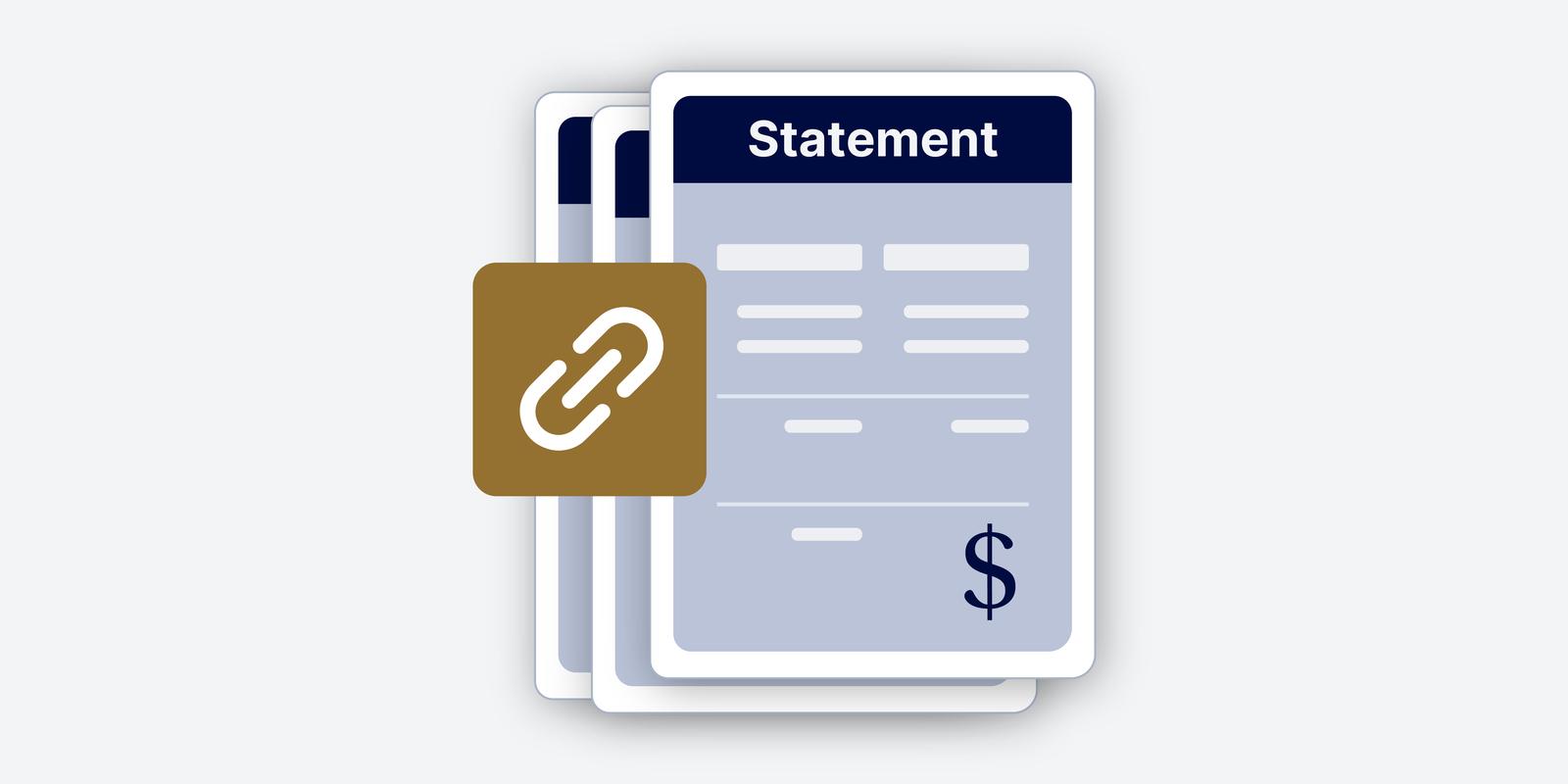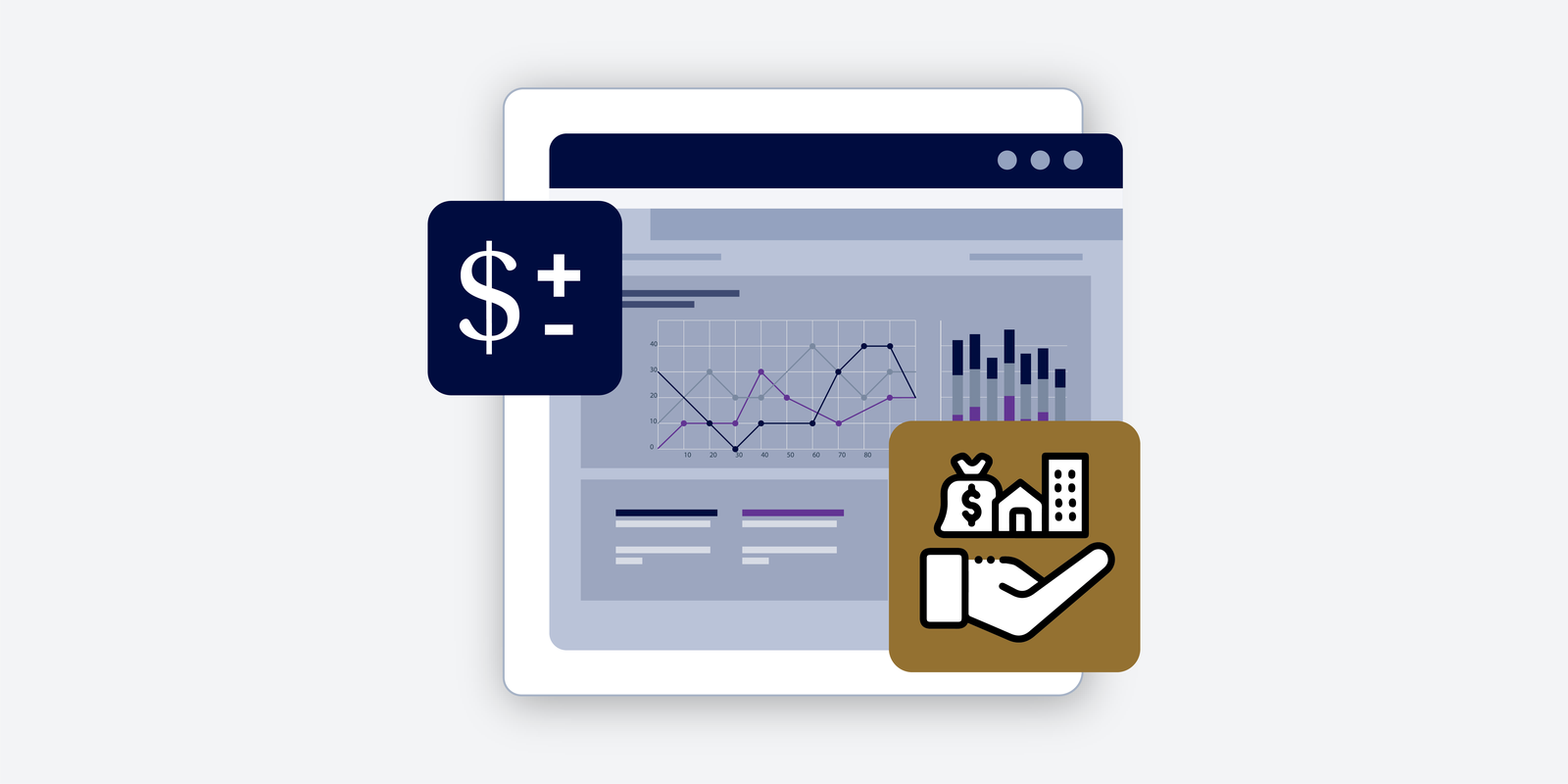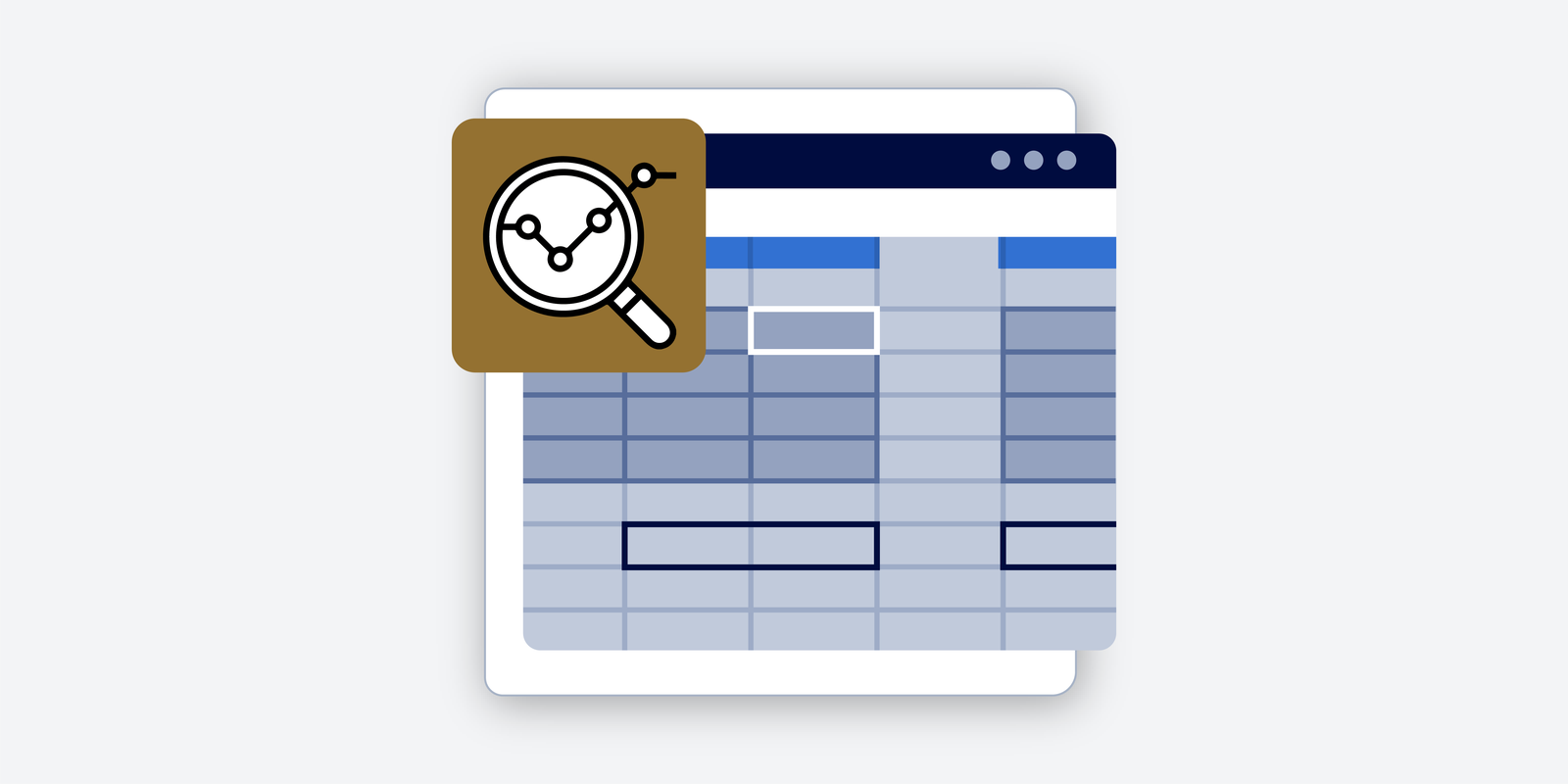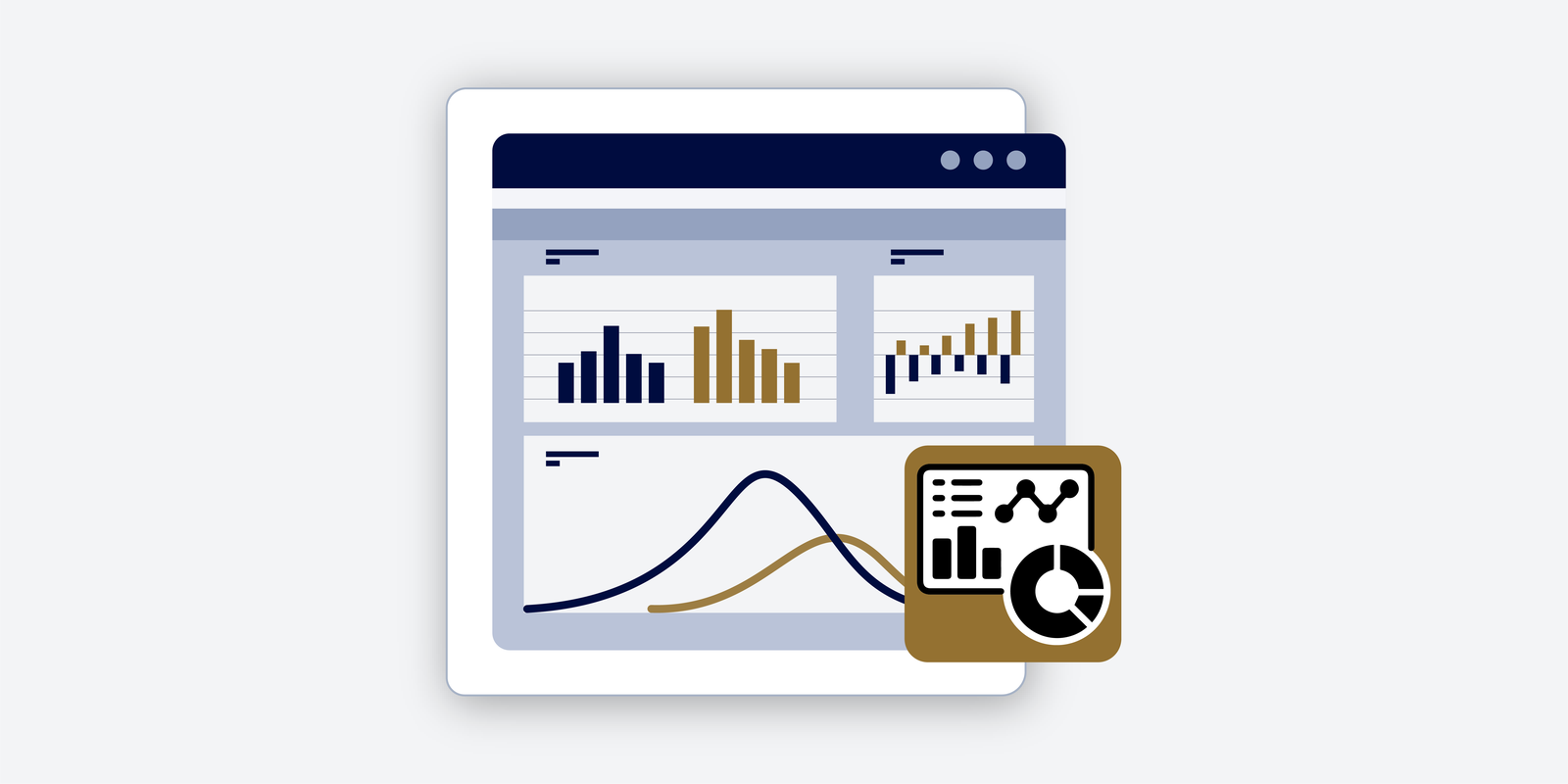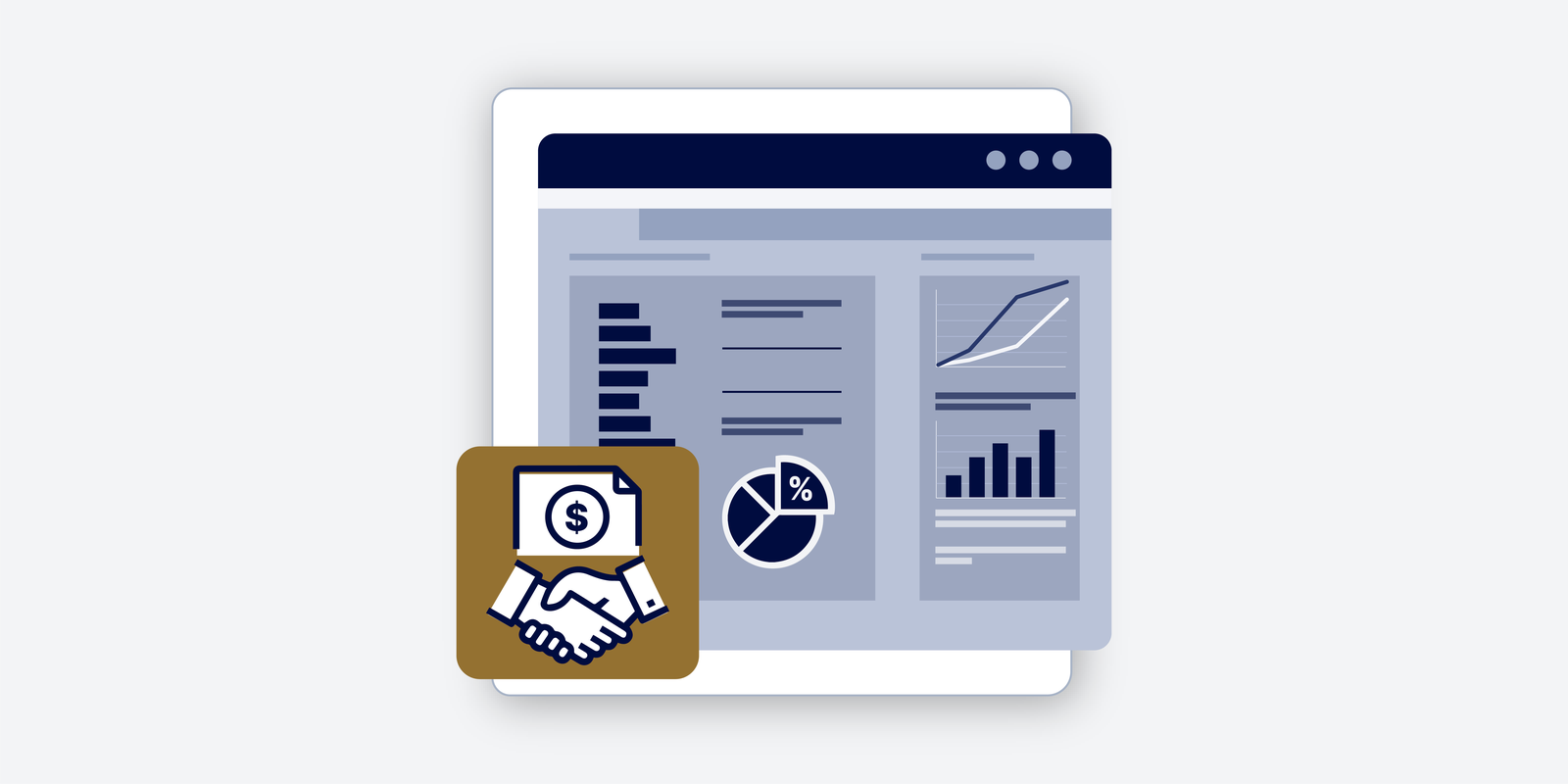
- What is E-commerce?
- The Evolution of E-commerce
- Driving Forces Behind the Online Commerce Evolution
- Basics of Electronic Commerce
- What are the Different Kinds of E-commerce?
- Types of E-commerce Revenue Models
- Benefits and Challenges of E-commerce
- 6 Tips for Starting a Successful E-commerce Business
- 1. Choose the Right Business Niche
- 2. Create a Strong Digital Presence
- 3. Set Up Secure Payment Options
- 4. Develop a Smart Marketing and Customer Acquisition Strategy
- 5. Plan for Financial Success and Scalability
- 6. Set Yourself Up for Success
- Trends in the Electronic Commerce Industry
- Continue Learning and Advancing Your Career
- Key Valuation Metrics
E-commerce Meaning: An Introduction to E-commerce and Online Sales
Commercial transactions of goods or services conducted over the internet
E-commerce has transformed digital transactions, reshaping how businesses and consumers engage online. Our comprehensive guide covers the evolution of e-commerce, as well as revenue models, benefits, challenges, and more. You’ll learn what e-commerce is, key industry trends, and expert tips for building a successful online business.
Whether you’re a business owner or a professional looking to enhance your understanding of digital commerce, this introduction to e-commerce shares valuable insights to help you navigate the ever-expanding industry.
Key Takeaways
- We deep dive into e-commerce, meaning the buying and selling of goods and services online through digital platforms and e-commerce websites.
- Common business models include business-to-consumer (B2C), business-to-business (B2B), and consumer-to-consumer (C2C) transactions.
- Electronic commerce has grown rapidly due to technological advancements, global connectivity, and shifting consumer preferences.
- Revenue strategies range from dropshipping and wholesaling to subscription services and digital products
- Global market access, electronic data interchange, and reduced overhead create opportunities for business growth and innovation
What is E-commerce?
E-commerce is commonly known as the buying and selling of goods and services over the internet. It’s more than just an online purchase—it’s a system that includes payment processing, logistics, and digital marketing to create a seamless shopping experience for consumers and businesses alike.
E-commerce refers to a business model that enables companies of all sizes to reach customers beyond their local markets. Many achieve this through vertical integration, controlling multiple stages of their supply chain, from manufacturing to direct-to-consumer sales. Small businesses can apply the basics of electronic commerce by using online platforms to connect with global buyers, while major retailers integrate in-store and online experiences for greater customer flexibility.
What is an e-commerce business? It’s any company that conducts transactions through online marketplaces, company websites, and specialized platforms, typically operating under three main categories:
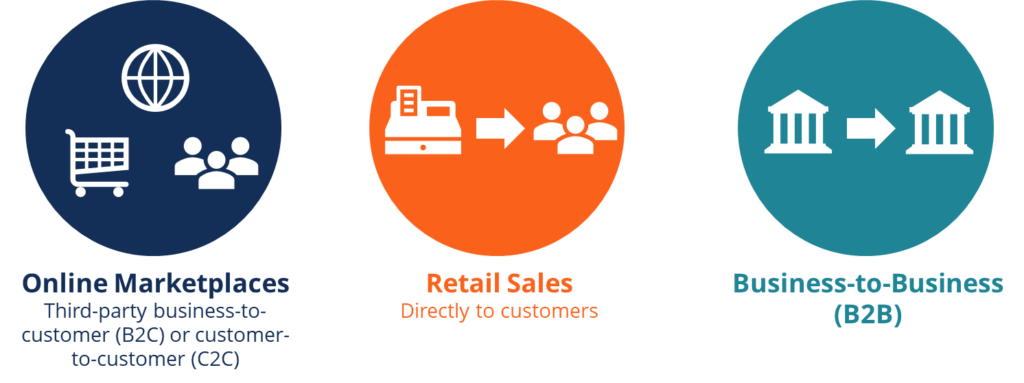
Through online marketplaces like eBay and Etsy, you can connect with buyers and sellers without needing your own website. These platforms let you start selling globally while simplifying e-commerce transactions and giving you access to a broad customer base.
Your retail business can maximize online commerce by blending digital and in-store experiences. Digital platforms help you expand your reach while offering customers seamless purchasing options.
B2B e-commerce lets you streamline procurement, offer bulk purchasing, and build lasting partnerships. As the electronic commerce industry evolves, you’ll find new opportunities across marketplaces, online stores, and social media platforms to grow your business and connect with customers.
The Evolution of E-commerce
E-commerce has come a long way since its inception, and the meaning of e-commerce has evolved from simple digital transactions into a global industry that powers modern retail, business operations, and digital services. Key milestones in e-commerce history include:
- 1960s – Electronic Data Interchange (EDI): Businesses began using EDI to electronically exchange documents, laying the groundwork for digital transactions.
- 1994 – First Secure Online Transaction: A CD sold through encrypted technology marked the first true e-commerce sale.
- Mid-1990s – Rise of E-commerce Giants: Companies like Amazon and eBay emerged, revolutionizing online retail and establishing the foundation for digital marketplaces.
- Early 2000s – Payment and Logistics Advancements: Secure online payments through platforms like PayPal, along with improved logistics, made e-commerce more accessible.
- 2010s – Mobile Commerce and Social Selling: Smartphones enabled mobile commerce (m-commerce), while social platforms integrated purchasing options
- Present Day – AI, Automation, and Subscription Models: Artificial intelligence (AI) powers personalized recommendations, automation handles orders, and subscription services create recurring revenue.
Advancing technologies like virtual reality and blockchain continue to expand e-commerce possibilities, moving us toward a future where digital transactions blend naturally into daily life.
Driving Forces Behind the Online Commerce Evolution
As you build your online business, you’ll encounter rapidly evolving technologies, changing consumer needs, and increasing digital connectivity. These forces shape how you’ll compete in online commerce:
- Digital Platform Advancement: Platforms like Shopify help you sell directly to consumers, regardless of your business size. AI-driven personalization and mobile wallets let you offer secure, simple purchasing.
- Social and Mobile Integration: Your store’s reach now extends beyond traditional websites. You can sell directly through social platforms and optimize your mobile experience for efficient checkout.
- Enhanced Customer Experience: Your buyers expect quick, personalized shopping experiences. You’ll build loyalty through fast shipping, smart recommendations, and hassle-free returns.
- Data-Driven Innovation: You can use analytics to refine strategies, predict trends, and set optimal prices. Machine learning helps you manage inventory while AI chatbots support your customers.
These technological advances transform how you’ll connect with and serve your customers. By embracing these innovations, you’ll gain a competitive edge in the digital marketplace.
Basics of Electronic Commerce
When you start an online business, you’ll need more than just a website — you’ll use an integrated system of tools and services. Understanding each component helps you build an efficient, reliable operation.
- Online Platforms: You can build your digital storefront with platforms like Shopify or WooCommerce that serve as your foundation. These solutions manage your product listings, orders, and inventory so you can focus on growing your e-commerce sales.
- Payment Processors: You’ll process transactions securely through gateways like PayPal and Stripe. These services let your customers pay how they prefer, from credit cards to digital wallets.
- Fulfillment and Delivery: Your shipping strategy might include partners like UPS and FedEx to deliver products reliably. You can offer customers automated tracking and easy returns to build trust in your service.
- Supporting Services: Your success relies heavily on marketing, support, and analytics tools. With CRM systems and automated campaigns, you can engage customers while tracking the performance of your online store.
As you build your e-commerce business, these elements work together to help you compete effectively. The continuous advancement in these tools gives you more powerful ways to grow your online presence.
Where Does E-commerce Happen?
You can reach customers wherever they shop online through various digital channels. Choose the platforms that best connect you with your target audience to drive sales.
Here’s where you can sell online:
- Websites: Build your own e-commerce store with platforms like Shopify or WooCommerce to control your brand experience. Your dedicated website lets you customize every aspect and build direct customer relationships.
- Online Marketplaces: Tap into existing customer traffic through Amazon, eBay, or Etsy to expand your reach. These platforms handle payments and support, helping you start selling quickly.
- Social Selling Channels: Connect with buyers through Instagram, Facebook, and TikTok’s shopping features. You can showcase products through posts, ads, and live streams to engage your audience directly.
- Mobile Shopping Apps: Give customers convenient buying options through your mobile presence. Your app can offer personalized recommendations and quick checkout for shoppers on the go.
Your e-commerce success depends on choosing channels that match your products, audience, e-commerce business model, and goals. As digital shopping evolves, you’ll find new ways to connect with customers where they prefer to buy.
What is the Difference Between E-commerce and E-business?
E-commerce focuses specifically on buying and selling online and handling transactions between businesses and consumers. E-business encompasses all digital operations, including marketing, supply chain management, and customer service.
Understanding these distinctions helps you choose the right strategy for your business growth.
What are the Different Kinds of E-commerce?
The online marketplace offers multiple ways to conduct business. Choose the model that aligns with your objectives:
- Business-to-Consumer (B2C): You sell directly to individual buyers through online stores or marketplaces. Think Amazon, Walmart, or brands like Warby Parker that connect with customers directly. This model gives you the most control over your customer relationships and brand experience.
- Business-to-Business (B2B): Your customers are other businesses, often buying in bulk or through contracts. Examples include wholesale suppliers and platforms like Alibaba. B2B sales typically involve longer decision cycles but lead to larger order values and ongoing partnerships.
- Business-to-Government (B2G): You provide goods or services to government agencies through contracts or procurement platforms. While these contracts require detailed documentation and compliance, they often result in stable, long-term revenue streams.
- Consumer-to-Consumer (C2C): Individuals trade with each other through platforms like eBay or Facebook Marketplace. This model thrives on user trust and platform security, creating opportunities for both casual sellers and small businesses.
- Consumer-to-Business (C2B): Independent professionals offer services to companies, like freelancers on Upwork. This growing model lets individuals monetize their expertise while giving businesses flexible access to talent.
- Consumer-to-Government (C2G): You can complete government transactions like tax payments and license renewals online. These digital services save time and provide convenient access to essential documentation.
- Government-to-Business (G2B): Government agencies provide digital access to licenses, certifications, and official documentation. This streamlines regulatory compliance and helps you maintain proper business credentials.
- Government-to-Consumer (G2C): Government agencies deliver public services and benefits through digital platforms. These services improve accessibility while reducing processing times for citizens.
Your e-commerce options extend beyond basic retail sales, opening new ways to connect with customers, businesses, and government agencies. As digital tools advance, you’ll find more opportunities to grow and adapt your online presence.
Types of E-commerce Revenue Models
When building your online business, you’ll need to choose how to generate revenue. Your choice affects your profit margins, customer relationships, and growth potential.
- Dropshipping: You can sell products without maintaining inventory since third-party suppliers handle fulfillment. While this offers a low-cost entry into e-commerce, you’ll have less control over product quality and shipping timelines.
- White Labeling: You sell generic products under your brand name, purchasing them from established manufacturers. This lets you launch quickly, but you’ll need creative marketing to stand out since other brands may offer identical products.
- Private Labeling: You work with manufacturers to create custom products with your unique branding. This control over design and quality helps build brand loyalty, though it requires more upfront investment and planning.
- Wholesaling: You purchase products in bulk at discounted rates to resell at a markup. While individual item profits are lower, your overall revenue grows through higher sales volume and efficient inventory management.
- Subscription: You deliver products or services to customers on a recurring schedule, from monthly boxes to digital content. This model provides predictable income and strengthens customer relationships through regular engagement.
You can combine these models to create multiple revenue streams and adapt to market changes. Many successful businesses start with one approach and then expand as they learn what works best for their customers.
Benefits and Challenges of E-commerce
When you move your business online, you’ll discover new ways to sell and serve customers. Understanding the advantages and potential hurdles helps you build effective strategies for long-term success.
Benefits of E-commerce
Your online store opens opportunities that traditional retail can’t match:
- 24/7 Availability: Your store never closes, letting customers shop whenever they want. You’ll capture sales around the clock without additional staffing.
- Global Market Access: You can sell to customers worldwide without opening physical locations. Your products reach buyers across borders, expanding your market instantly.
- Cost Efficiency: You’ll save on retail overhead like rent and utilities. These savings improve your profit margins and investment in growth.
- Data-Driven Growth: Track your customers’ behavior and sales patterns to refine your strategy. You can adjust your approach based on real performance metrics.
- Customer Convenience: Your buyers can browse and purchase with a few clicks. Give them easy product comparison and instant checkout options.
- Quick Scaling: Adjust your inventory and prices instantly to meet demand. You can launch new products or promotions without physical constraints.
- Smart Automation: Use AI to recommend products and handle customer support. Your systems can personalize experiences while reducing manual work.
Your online store can grow faster and operate more efficiently than traditional retail. Now, let’s look at the challenges you’ll need to address for sustainable success.
Challenges of E-commerce
Your online business will face unique obstacles that require careful planning:
- Market Competition: You’ll need to differentiate your brand in a crowded digital space. Create unique value propositions that set you apart.
- Trust Building: Show customers their data and payments are secure. Clear policies and secure checkout build confidence in your brand.
- Logistics Management: Deliver products quickly and reliably to maintain customer satisfaction. Your shipping strategy needs to balance speed with cost.
- Digital Communication: Without face-to-face interaction, focus on clear, responsive customer service. Build relationships through consistent, helpful communication.
- Technical Reliability: Prevent website issues and payment failures that could hurt sales. Invest in robust systems and regular maintenance.
- Returns Handling: Create an easy return process that satisfies customers while protecting your bottom line. Efficient systems help manage costs and maintain loyalty.
By focusing on customer experience and operational excellence, you can overcome these challenges. Your success depends on balancing innovation with reliable service delivery.
6 Tips for Starting a Successful E-commerce Business
Starting an e-commerce business can be exciting and rewarding, but success requires careful planning, smart decision-making, and continuous learning. Whether you’re launching a brand from scratch or expanding an existing business online, following these key steps can help set you up for long-term growth.
1. Choose the Right Business Niche
The first step in building an e-commerce business is deciding what to sell and how to sell it. Research market trends, identify gaps in the market, and focus on a niche with demand but manageable competition. Consider different e-commerce or business plan models, such as dropshipping, private labeling, or direct-to-consumer sales, to fit your goals and resources.
2. Create a Strong Digital Presence
A well-designed website or online store is essential for attracting and converting customers. Choose an e-commerce platform that fits your needs, integrate search engine optimization (SEO) practices, and ensure mobile-friendliness. Test your site regularly across devices and gather user feedback to continuously improve the shopping experience.
3. Set Up Secure Payment Options
Customers expect easy and secure payment processing. Offer multiple payment options, including credit cards, digital wallets, and buy-now-pay-later services. Ensure your site uses a secure payment gateway and complies with data protection standards to build customer trust and prevent fraud. Learn the essentials of secure payment systems with our Payment Technology Fundamentals Course.
4. Develop a Smart Marketing and Customer Acquisition Strategy
Driving traffic to your store requires a mix of digital marketing strategies. Leverage social media, content marketing, and paid advertising to attract potential customers. Invest in email marketing and retargeting ads to keep visitors engaged and convert them into buyers. Track your marketing metrics to understand which channels deliver the best results.
5. Plan for Financial Success and Scalability
A strong financial plan is key to sustainable growth. Understand your cost structure, pricing strategy, and profit margins to ensure profitability. Use data analytics to track sales performance and make informed decisions. Build a solid financial strategy with our E-Commerce Startup Financial Model and Valuation Course.
6. Set Yourself Up for Success
Create efficient systems for inventory management, customer service, and order fulfillment from day one. Stay current with industry trends and continue learning as your business grows. By focusing on the right niche, creating a strong digital presence, optimizing payments, marketing effectively, and planning for financial success, you can build a thriving online business.
Trends in the Electronic Commerce Industry
As you build your online business, new technologies and changing customer needs create fresh opportunities. Here are some trends to consider:
- Augmented Reality (AR) Shopping: Let customers visualize products virtually before purchasing, like IKEA’s furniture preview or Sephora’s virtual try-on. AR technology builds purchasing confidence and reduces returns.
- Flexible Payment Options: Your customers expect payment choices beyond credit cards, including Buy-Now-Pay-Later services through Klarna or Affirm. Digital wallets and cryptocurrency options can also expand your market reach.
- Privacy and Security: Protect your customers’ data through encrypted transactions and two-factor authentication while maintaining compliance with GDPR and CCPA. These security measures build trust and demonstrate your commitment to data protection.
- Sustainability and Eco-Friendly Practices: Your packaging and shipping choices matter to environmentally conscious buyers. Consider biodegradable materials and carbon-neutral delivery options to meet these expectations.
- AI-Driven Personalization: Use artificial intelligence like Amazon’s product recommendations or Netflix’s viewing suggestions to create personalized shopping experiences. Implement chatbots and dynamic pricing tools to automate support and optimize sales strategies based on customer behavior.
- Social Commerce & Live Shopping: Sell directly through platforms like Instagram and TikTok to reach customers where they spend time. Live-streaming shopping events can boost engagement and drive immediate sales.
- Faster Fulfillment & Logistics: Meet demands for faster delivery through AI-powered logistics and automated warehouses. Consider same-day and next-day shipping options to stay competitive.
- Voice Commerce & Smart Assistants: Optimize your store for voice search as more customers shop through Alexa and Google Assistant. Adding hands-free shopping options opens new sales channels.
By adapting these innovations to your business model, you’ll create better shopping experiences and maintain your competitive edge.
Continue Learning and Advancing Your Career
As you build your e-commerce expertise, staying current with industry changes gives you a competitive advantage. Deepen your knowledge with professional training designed for your success.
At CFI, we provide expert-led courses to help you master essential e-commerce and financial skills:
- Payment Technology Fundamentals – Learn how modern payment systems work and implement secure transaction processes that protect your business and customers.
- E-Commerce Startup Financial Model and Valuation – Create solid financial strategies and learn to accurately assess business value for better decision-making.
Ready to advance? Explore these courses to strengthen your e-commerce capabilities and accelerate your career growth!
Key Valuation Metrics
When evaluating your e-commerce business, you’ll need to track both customer and financial metrics. Here are the essential measurements for your financial models and valuation:
Customer Metrics
- Active Customers: Track how many customers ordered from you in the past 12 months
- Churn Rate: Measure the percentage of customers who stop buying after 12 months
- Average Order Value (AOV): Calculate revenue per order by multiplying items per order by price
- Customer Lifetime Value (LTV): Determine the total value each customer brings to your business
- Customer Acquisition Cost (CAC): Monitor how much you spend to acquire each new customer
- Total Addressable Market (TAM): Assess your potential market size in annual revenue
- Average Revenue Per User (ARPU): Calculate total revenue divided by number of users
- Net Promoter Score (NPS): Gauge customer satisfaction and referral potential
Financial Metrics
- Gross Merchandise Value (GMV): Total value of all products sold on your site
- Gross Profit Margin: Account for shipping and fulfillment in your cost of goods sold
- Sell-Through Rate: Track the percentage of inventory sold in a given period
- Enterprise Value (EV) Ratios:
- EV/Active Customer = (Equity + Net Debt) / Active Customers
- EV/Revenue = (Equity + Net Debt) / Revenue
- EV/Gross Profit = (Equity + Net Debt) / Gross Profit
- EV/EBITDA = (Equity + Net Debt) / EBITDA
- LTV/CAC Ratio = Lifetime Value / Customer Acquisition Cost
More Resources
As the official provider of the Financial Modeling & Valuation Analyst (FMVA)® certification, CFI offers these resources to advance your career:

Create a free account to unlock this Template
Access and download collection of free Templates to help power your productivity and performance.
Already have an account? Log in
Supercharge your skills with Premium Templates
Take your learning and productivity to the next level with our Premium Templates.
Upgrading to a paid membership gives you access to our extensive collection of plug-and-play Templates designed to power your performance—as well as CFI's full course catalog and accredited Certification Programs.
Already have a Self-Study or Full-Immersion membership? Log in
Access Exclusive Templates
Gain unlimited access to more than 250 productivity Templates, CFI's full course catalog and accredited Certification Programs, hundreds of resources, expert reviews and support, the chance to work with real-world finance and research tools, and more.
Already have a Full-Immersion membership? Log in

